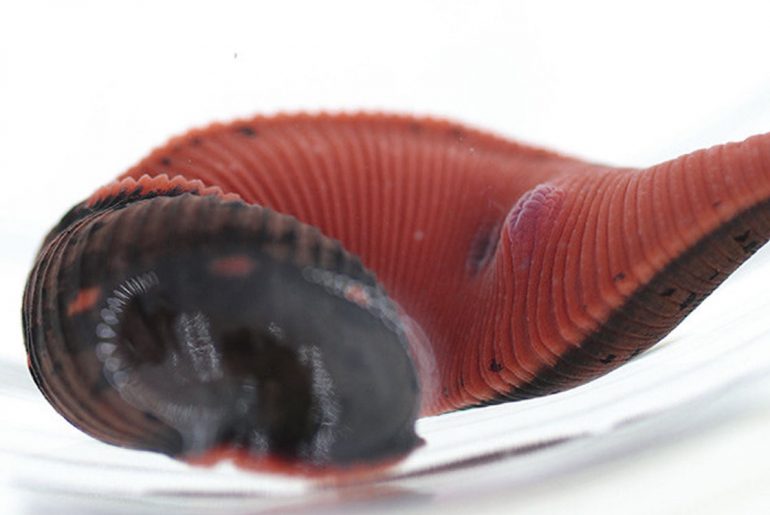In the summer of 2015, when the Smithsonian research zoologist, Anna Phillips, and other scientists were in the swampy water, letting the leeches hook themselves on their bare legs or picking them up in networks of the muddy bottoms of the pond, they didn’t know. They realized that some of the bloodsuckers they had collected belonged to a completely new species.
However, in a study recently published in the Journal of Parasitology, Phillips and his colleagues at the National Autonomous University of Mexico and the Royal Ontario Museum report that a previously unknown leech species, Macrobdella mimics, is the first to be discovered in the continent in more than 40 years.
Scientists know that a genetic difference of more than two percent in a revealing part of the genome generally indicates that two creatures can be of different species. But the new species was not baptized at the time when scientists noticed the discrepancies in the DNA sequence.
Researchers first needed to know if unusual parasites were confined only to southern Maryland or if they had a larger habitat. They could thus confirm that, in effect, it was a new species.
The new species is olive green with orange spots, almost as long as a cigarette and as wide as two. It has three jaws, each with 56 to 59 teeth, which you can use to bite and draw blood from humans. Leeches like this species can absorb their body weight from two to five times.
The last time a new species of leech was described in North America was in 1975

